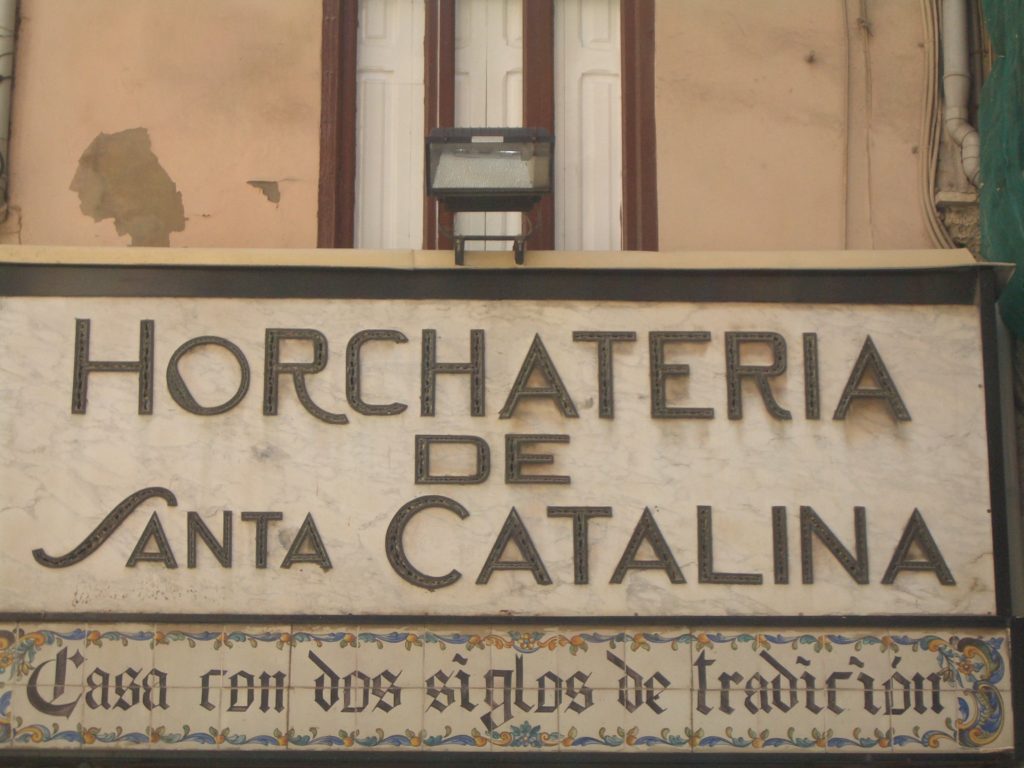TIGERNUTMILK.COM IS FOR SALE. IF YOU WOULD LIKE TO BUY IT PLEASE GO TO CONTACT PAGE.
Tigernut milk (known as “horchata de chufa” in Spain) is a drink made from tigernuts (also known as chufas).

Tigernuts are tubers found on the root of the sedge plant, Cyperus esculentus. They are small, have a brown, bumpy skin and a sweet, unique flavour. They are grown by small farming co-operatives in Southern Spain and in parts of Africa. These chufas are soaked in water and later squeezed to release their milky white juice which is full of natural goodness.
Tigernuts (also known as chufas)
Tigernuts on roots
Tigernut Field
Egyption origins
The earliest evidence of the tigernut dates back to ancient Egypt where trace remains of the tuber have been positively identified in burial tombs that were sealed as long ago as 3000 BC. These findings indicate that this foodstuff was held in enough esteem to be included among the grave goods of the noble classes. In ancient Egyptian belief, the primary purpose of organic funerary offerings was to sustain the departing soul through its long journey across the River Styx and into the afterlife.
Seen in this light, tigernuts presence in burial tombs is a testament to the high nutritional value which we are just beginning to realize is one of tigernut milks chief bonuses – along with its great taste, of course!
Over the centuries tigernuts have also been used as an aphrodisiac, hangover cure, diuretic and to cure indigestion and heartburn.
A Spanish Drink – Horchata de Chufa
The plant was brought by traders to Spain sometime between the 8th and 13th centuries where it flourished in the Valencia region. At the time, grain drinks made from barley were popular and we may deduce that this drink was modified in Spain by substituting the tigernut. The definitive version of how the tigernuts arrived in Spain, and why it has not taken root in any other European country, until now, remains a matter of speculation.
Tigernuts in storage – there is no shortage of supply
In the Valencia region of Spain, this drink was made originally as a traditional family summer drink. In the sixteenth century snow was stored in wells in the mountains surrounding the city. The snow was used to make and preserve the product, and vendors rushed their refreshment to the city in metal containers packed in ice and salt and insulated with cork. The price of “horchata de chufa” was first regulated by the Valencia City Government in 1582.
During summertime some traditional businesses like bars, bakeries and even carpet factories were transformed into “horchaterias” (cafes only selling the fresh tigernut milk).

Today, especially during summertime it is sold in nearly every food and beverage store, where it is kept cold and sometimes stirred continuously. Horchata is sold in both icy and liquid forms with great acceptability and it can be accompanied by a ‘farton’, a foot long donut-like pastry to dunk in it.
Ironically, in recent years, the popularity of rice milk in Spain has dwindled in favour of the better tasting tigernut variety, while, in health food shops across Europe and America, rice milk (i.e. horchata de arroz) but with poor taste credentials is the latest craze.



